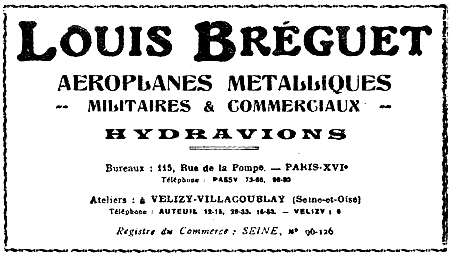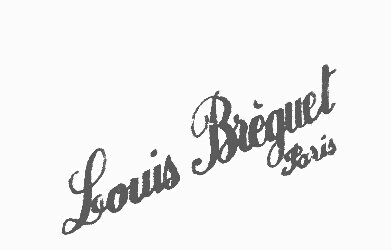- Joined
- 15 February 2024
- Messages
- 500
- Reaction score
- 1,302
The Breguet 800 is a single engine twin-float three-seater catapult reconnaissance seaplane.Br 800 carrier-launched four-engine twin-float twin-fin seaplane airliner project with folding wings (1937 - not built)
Br 801 projected variant (not built)
Br 802 projected variant (not built)
Br 803 projected variant (not built)
The Breguet 801 and 802 were studied for the same usage, with completely different configuration: twin-engined flying boat. The 801 model has 2 tractive engines on both sides, the 802 has push-pull configuration on top.
The Breguet 803 is a single engine pusher configuration twin-float configuration variant.
None was built. More details here: https://www.secretprojects.co.uk/threads/bréguet-800-floatplane-scout.9829/#post-718239
Last edited:



